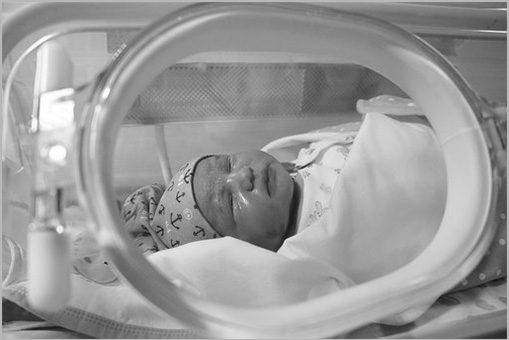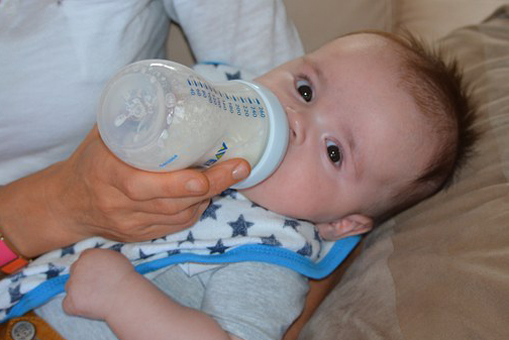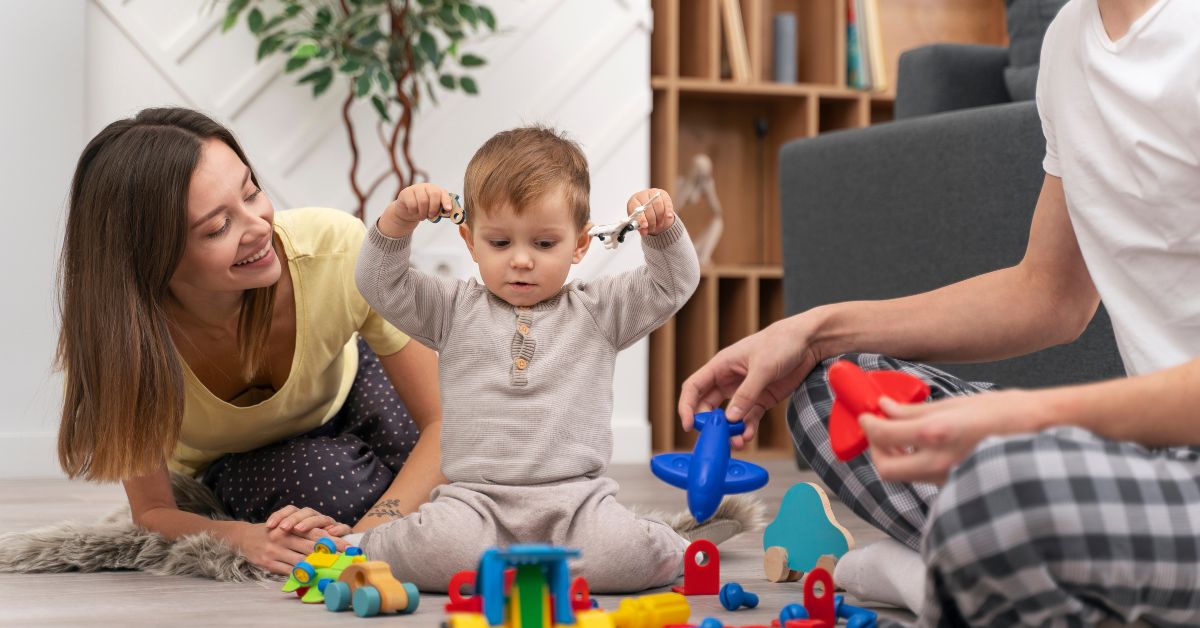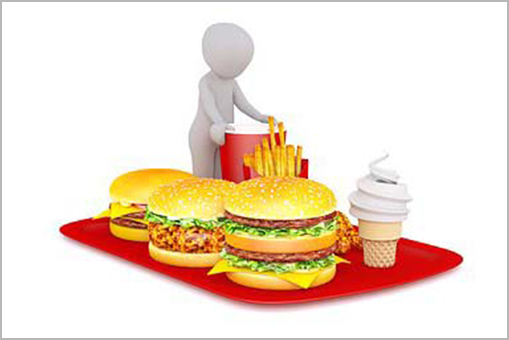Ensuring your child’s safety during travel is a top priority for every parent. Proper use of a child car seat is essential for reducing the risk of injury or death in traffic accidents. A correctly installed car seat provides optimal protection even in unexpected situations on the road. During a collision, your body can crush your child against the windshield or seat, or—if you’re wearing a seatbelt, as you should be—the impact can still eject the child from your arms. A car seat is not only a legal requirement, but also a vital safety measure. When used properly, it can reduce injury risk by more than 70%.
Child car seats – designed for your child’s safety
Car seats are built to protect children according to their age and developmental stage. Using seat belts designed for adults can be dangerous for small children. The belt may press against the neck or allow the child to slide forward.
According to Croatia’s Road Traffic Safety Act, every child under five must be strapped into a car seat in the rear seat. Children under 150 cm in height must use an appropriate restraint system. Rear-facing seats are not allowed in the front seat if the airbag is not deactivated.
Driving your child to kindergarten—by car, public transport, or on foot?
Regardless of the mode of transport, child safety should always come first. Children traveling by car must be properly secured in a car seat. Parents using public transport should ensure their child is not exposed to sudden stops or crowded conditions. If your child walks, it’s essential to teach them the basics of safe traffic behavior.
Common mistakes when using car seats
Parents often unknowingly make errors when installing car seats. Common mistakes include:
• Improperly securing the seat – it should be tightly fastened.
• Loose safety belts – belts must be snug to prevent the child from slipping.
• Incorrect seat angle – each seat has specific tilt and position settings based on the child’s age.
Regular checks of the car seat installation are key to ensuring maximum protection.
Accident statistics – why car seats are necessary
According to Croatia’s Ministry of the Interior, in 2023 there were 34,604 traffic accidents—a 6.3% increase from the previous year. Although total fatalities decreased by 0.4%, the number of seriously injured individuals rose by 6.6%.
Child fatalities decreased by 28.6% in 2023 (5 deaths, compared to 7 in 2022). However, children were involved in nearly 400 accidents, highlighting the ongoing need to improve child safety.
Proper car seat use can reduce serious injury risk by up to 70%. Yet many parents still use them incorrectly—or not at all—significantly increasing the risk of harm.
The physics of a collision – why a car seat is critical
In a collision at just 25 km/h, a force 20 times the body’s weight is exerted. A 5 kg child becomes a 100 kg projectile. Holding a child in your arms offers no real protection. Without proper restraints, a child may strike the car interior or be ejected from the vehicle.
Car seats and safety standards
The safest option for your baby is a crash-tested, government-approved car seat. Each seat must display the UN ECE R44 safety certification label. In Croatia, this approval is mandatory for all car seats. The label includes the “E” mark, country code, and approval number starting with “03” or “04.”
Each seat must also include weight guidelines.
The safest place in the car for your child
Children under 12 should always ride in the back seat. Research shows that rear seating reduces the risk of injury or death by over 30%, even if the front seat is equipped with airbags. In fact, airbag deployment in the front passenger seat can cause serious injuries.
The middle of the back seat is the safest point in the car—farthest from potential impact zones. A child correctly secured in a car seat is safest in that location. Having a child in the front seat may also distract the driver, increasing the risk of an accident.
Debunking the myth: flat-lying position vs. semi-reclined car seats
One common misconception is that babies must lie completely flat. Some parents, fearing that the semi-reclined car seat position is unsafe, hold the baby in their arms or use bassinets, exposing the child to severe risk.
Semi-reclined position – safe for infants
For infants, rear-facing seats and a semi-reclined position (about 45 degrees) are essential. This angle supports the head and neck while keeping the airways open. A greater angle may cause the head to fall forward and obstruct breathing, while a shallower angle increases the risk of the child sliding under the harness.
Premature or low-weight newborns (under 3 kg) may need additional testing to determine if the semi-reclined position affects breathing or heart rate. In some cases, a crash-tested lie-flat car bed is needed. The bed should be installed parallel to the seatback, with the baby’s head centered. However, for healthy full-term infants, rear-facing car seats remain the safest choice.
Types of car seats
There are six main car seat groups:
1. Group 0 (up to 10 kg): Rear-facing, known as “infant carrier”
2. Group 0+ (up to 13 kg): Rear-facing, extended use
3. Group 0/I (up to 18 kg): Convertible, rear to forward-facing
4. Group I (9–18 kg): Forward-facing
5. Group II (15–25 kg): Uses car seatbelt
6. Group III (22–36 kg): Boosters for correct seatbelt fit
For premature babies or those under 3 kg, specialized car beds are available.
Rear-facing is safest
Children under one year or under 9 kg should always ride rear-facing. In a frontal collision—the most common cause of severe injury—the baby’s neck can stretch up to 4.5 cm, while the spinal cord can stretch only 0.5 cm before severe injury or death occurs. Keeping a child rear-facing as long as possible is safest. The best test of readiness to turn forward-facing is whether the child can stand up with support.
When to switch to a forward-facing car seat?
Switch only when the top of the child’s head is 2.5 cm below the top edge of the seat back. If the head is too high, the child risks neck injuries. Often, babies outgrow rear-facing seats before they’re ready for forward-facing travel—consider switching to a convertible seat that allows extended rear-facing.
Harness types and safety roles
Rear-facing seats use 3-point harnesses (shoulders and crotch). Forward-facing seats typically use 5-point harnesses (shoulders, hips, and crotch).
Types of 5-point harnesses include:
• Webbing harness: Traditional and safest
• T-shield: Not suitable for infants—too bulky and far from the body
• Tray-shield: Also not suitable for infants for the same reasons
Proper car seat installation
According to Croatian law, car seats must be installed in the rear seat. It’s more important to follow manufacturer instructions for secure installation than to place the seat in the front, even if the airbag is deactivated.
Seats for babies up to 10–13 kg must always face the rear, at a 45-degree angle to protect the head, neck, and torso. If needed, use a rolled-up towel to achieve the correct tilt. The semi-reclined position (45–60 degrees) saves lives.
Use your weight to press the seat into the car seat while tightening the belt. Ideally, two people install the seat—one pressing, the other tightening. A properly installed seat should not move more than 2 cm side-to-side at the belt path.
ISOFIX and seat belt systems
Modern car seats and vehicles may support ISOFIX anchoring, which eliminates belt use and reduces installation errors. Both the seat and vehicle must be ISOFIX-compatible.
If using a car seat with a 3-point vehicle belt, always use a belt-locking clip to prevent loosening. Convertible seatbelt systems can switch between sliding and automatic-locking modes—automatic locking is ideal for securing child seats.
Consistency is key – no exceptions
Always use a car seat, no matter the trip length. Set an example: say, “Now we all buckle up—mom, dad, and you.” Young children model adult behavior.
Engage your child’s curiosity. Use window views, favorite toys, or soft blankets to make the seat inviting. Turn regular routes into engaging routines—point out landmarks or ask them what they see.
Give yourself peace of mind. The web LittleDot app is your health partner—from expert advice to organized therapies and medical records, always with the support you can trust. Download the app and stay one step ahead.







